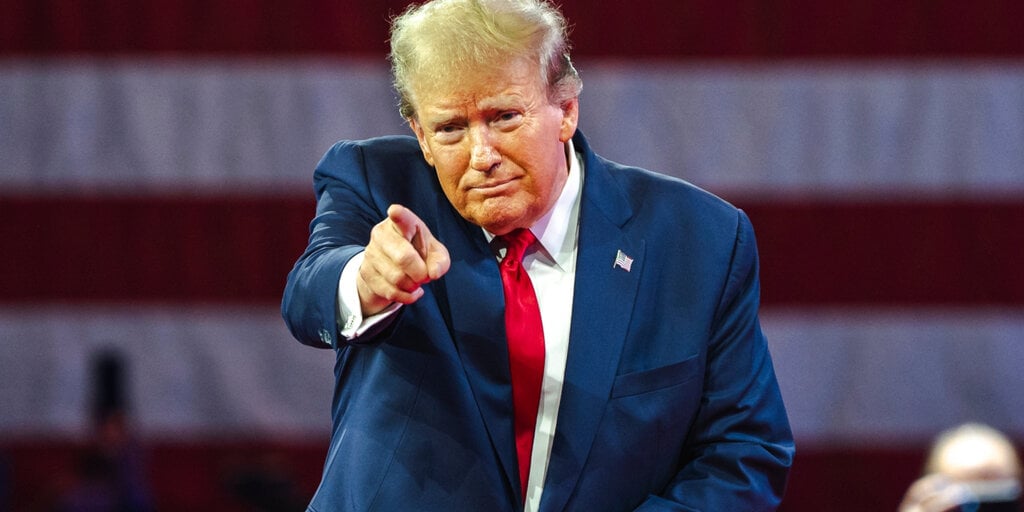Trump Initiates AI Education Initiative Through New Executive Order

Overview of Trump’s Executive Order on AI Education
Introduction to AI Education Initiatives
Recently, President Donald Trump signed an executive order aimed at enhancing artificial intelligence (AI) education across the United States. This initiative is positioned as a way to equip American students with the skills necessary for careers in one of the fastest-growing technology sectors. The program promotes AI training in various educational settings and focuses on developing teachers’ capabilities to effectively teach these emerging technologies.
Creation of the White House Task Force on AI Education
One of the key components of this initiative is the establishment of the White House Task Force on AI Education. This group will spearhead efforts in AI educational programs and policies. The task force will be chaired by the Director of the Office of Science and Technology Policy and will include high-ranking officials from several government departments, such as:
- Department of Energy
- Department of Agriculture
- Department of Education
- Department of Labor
- The White House Special Advisor for AI and Cryptocurrency
This team aims to ensure that American youth gain the necessary skills to navigate and contribute to advancements in AI technology.
Objectives of the Initiative
According to the White House, the initiative is designed to accomplish the following objectives:
- Provide students with early AI training to clarify the complexities associated with this technology.
- Prepare students to play an active role in a workforce increasingly influenced by AI.
- Stimulate innovation and economic growth through educational advancements in AI.
The White House emphasized that by fostering a deep understanding of AI among students, the country can enhance its scientific and economic achievements.
Presidential AI Challenge
In addition to the task force, the executive order outlines the launch of a Presidential AI Challenge. This competition will encourage students and educators to showcase their achievements in AI while promoting collaboration between various sectors, including government, academia, and industry. The goal is to tackle national challenges through innovative AI solutions.
Focus Areas for Implementation
The executive order directs the Secretary of Education to prioritize AI in discretionary teacher training grants and mandates that the Director of the National Science Foundation increases research efforts on AI in educational contexts. The aim is to create a framework that supports the training of both students and teachers in AI technologies.
Potential Challenges Ahead
While the goals of the initiative are ambitious, there are concerns regarding how the Trump administration will effectively implement the plan, especially in light of recent cuts to the U.S. Department of Education’s budget. These funding reductions could pose significant challenges for carrying out comprehensive AI education programs.
The success of the task force’s initiatives may largely depend on how well the White House can coordinate these education efforts, particularly after implementing budget restrictions. The White House acknowledged that investing in teachers is crucial for preparing students to excel in AI technology. This investment should provide educators with the necessary tools and knowledge to effectively integrate AI into their curricula.
Importance of Educator Training
To truly empower students in the rapidly changing AI landscape, equipping teachers with the required skills and resources is essential. The government’s commitment to enhancing teacher training in AI will help ensure that they can effectively convey this knowledge to their students and leverage AI tools within their own classrooms.
In summary, this executive order represents a significant step towards integrating AI education in the United States, reflecting the administration’s vision to prepare future generations for a technology-driven world. While challenges remain, the focus on collaboration and education may pave the way for advancements in AI understanding and application among American youth.





